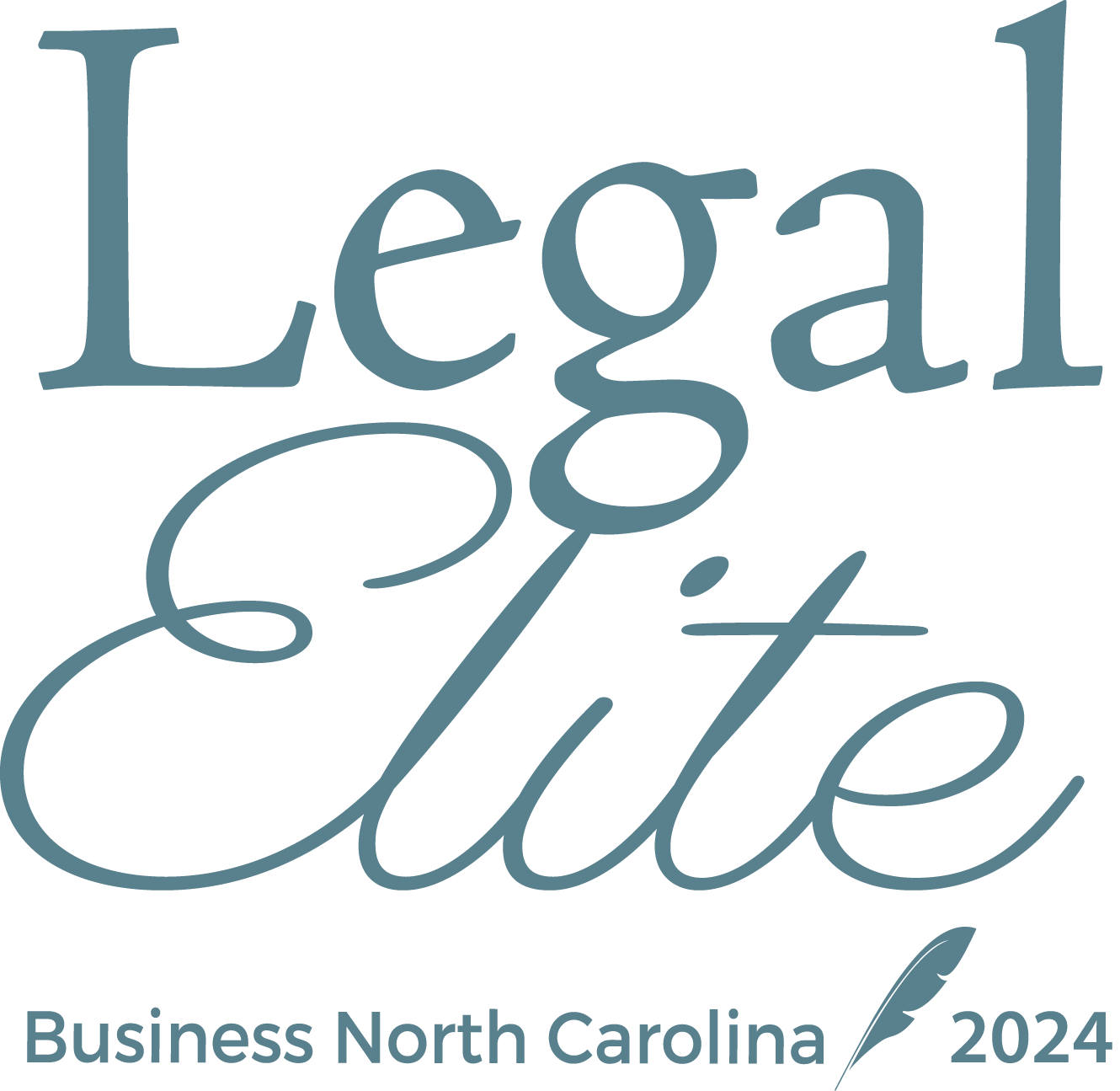
Most people engaged in business are aware that information which can be classified as a "trade secret" is entitled to certain protections under the law. One of the reasons "trade secret" protection is especially important is that it can apply to sensitive business information that is not covered by other intellectual property legislation or other protections. For instance, items that may not be entitled to patent protection, but that nonetheless have significant commercial value, may be protected as trade secrets.
The potential breadth and flexibility of trade secret protection, however, may work against businesses. Specifically, because such a broad range of sensitive business information may be classified as trade secrets without the necessity of resorting to the procedures required by some other forms of intellectual property, businesses may not be thinking about exactly what trade secrets they have until they feel compelled to file a lawsuit.
Although there may be a tendency to avoid thinking critically about potential trade secrets, three recent North Carolina cases show that businesses that identify trade secrets with precision on an on-going basis will be in the best position to efficiently and effectively enforce their rights in the event the need to litigate arises. These cases focus on, and reinforce the need for, a business filing a trade secrets lawsuit to identify early on in the lawsuit, and with specificity, the alleged trade secrets that are the subject of the dispute.
The Broad Definition of Trade Secrets
The flexibility and potentially broad coverage of trade secret protection is evident from the definition of a trade secret. North Carolina law defines a "trade secret" as:
[B]usiness or technical information, including but not limited to a formula, pattern, program, device, compilation of information, method, technique, or process that:
| a. | Derives independent actual or potential commercial value from not being generally known or readily ascertainable through independent development or reverse engineering by persons who can obtain economic value from its disclosure or use; and |
| b. | Is the subject of efforts that are reasonable under the circumstances to maintain its secrecy. |
This definition can, and does, include a wide array of business information. Furthermore, unlike other types of intellectual property, the trade secrets statute contains no procedure requiring and/or allowing businesses to apply or register for trade secret protection relating to specific items or information.
Due to the broad definition and lack of procedure associated with trade secrets, businesses may not be asking themselves on a regular basis: "What information do we have that could be a trade secret?" Actively considering this question, however, is key to a business's ability to fully utilize the protections afforded under trade secret law.
If you and your business are not continually identifying your business's trade secrets, you may find yourselves in a situation where: (a) you know a competitor is using your business information to compete against you; (b) you want to bring a lawsuit to prevent your competitor from using this information; but (c) you are not prepared to articulate exactly what information is included in your business's trade secrets and why that information is entitled to protection. As the cases discussed below demonstrate, being unable to identify your business's alleged trade secrets with specificity early in the case will jeopardize your chances of stopping your competitor from using your business's confidential information to compete against you.
Consequences of Failing to Identify Trade Secrets: Three Recent Cases
One of the recent North Carolina cases discussing trade secrets involved a bank's claim for trade secret misappropriation against two former senior vice presidents who had left the bank after a merger. The former employees later accepted employment at a competing bank.
In its complaint, the bank alleged that the two former senior vice presidents had "acquired knowledge of [the bank's] business methods; clients, their specific requirements and needs; and other confidential information pertaining to [the bank's] business." The bank also alleged that the "'confidential client information' and 'confidential business information' constituted trade secrets as defined by the [North Carolina trade secrets statute]."
The court found that the statements described above did "not identify with sufficient specificity…the trade secrets [the former employees] allegedly misappropriated." Due to this failure to identify specific trade secrets, the court decided that it was proper to dismiss the bank's trade secrets lawsuit.
In a second recent North Carolina case, a company that repairs and services jet engines brought a misappropriation of trade secrets claim against one of its former managers. The company argued generally that its former employee had violated the North Carolina trade secrets statute by "wrongfully misappropriating and using [the company's] trade secrets." When pressed to identify the precise trade secrets allegedly misappropriated, the company's Executive Vice President testified that: "I don't know what he shared with anyone else. All I know is that he offered to share at least [the company's] business…information with third parties, including our customers' vendors and what we consider to be competitors."
The company's inability to identify the specific information that it believed to be trade secrets doomed its ability to prevent its former manager from using that information. The court found that the company had no claim under North Carolina law because it could not "identify the specific information which it argues constituted trade secrets and that it claims [the former employee] misappropriated."
What Is Required to Identify Trade Secrets Sufficiently
The third North Carolina case provides an example of the type of specificity that does satisfy a business/plaintiff's burden to identify trade secrets with particularity. The defendant was the former Vice President of Sales for the plaintiff ("DLO"), a supplier of accessories for iPods™, MP3 players, and mobile phones. As Vice President of Sales, the defendant managed a team of employees that sold DLO's products to customers such as Best Buy. The defendant eventually terminated his employment with DLO and started a competing company.
DLO claimed that the former employee had misappropriated DLO's trade secrets in furtherance of his efforts to compete with DLO. In identifying the trade secrets it claimed were misappropriated, DLO put forth evidence that the defendant, at least, had: (1) "appropriated a DLO 2008 business plan as a template for the business plan" of the defendant's competing company; (2) "secretly distributed DLO's confidential financial calculator, which DLO used to evaluate the profitability of its products"; and (3) prepared a PowerPoint presentation "using select market data analysis that DLO had identified and ordered from a third party." The court found that, with respect to the above items, DLO had identified the alleged trade secrets with sufficient particularity.
The lessons from these cases are clear: businesses need to know specifically to what information their employees have access and how they are using it, and place appropriate restrictions on its use. Businesses showing this level of vigilance will be in a far better position to protect their trade secret information in the event it finds its way to a competitor.
Conclusion
If you and your business happen to discover that a competitor is wrongly using your confidential business information to compete against you, you will want to move quickly and effectively to stop your competitor. If a lawsuit becomes necessary, you will need to be prepared to identify early on what information your competitor is using that qualifies as trade secret information, perhaps as early as the drafting of the initial complaint. A business that actively identifies its potential trade secrets on regular basis will be in the best position to do this.
© 2010, Ward and Smith, P.A.
For further information regarding the issues described above, please contactor E. Bradley Evans or Joseph A. Schouten.
--
This article is not intended to give, and should not be relied upon for, legal advice in any particular circumstance or fact situation. No action should be taken in reliance upon the information contained in this article without obtaining the advice of an attorney.
We are your established legal network with offices in Asheville, Greenville, New Bern, Raleigh, and Wilmington, NC.




